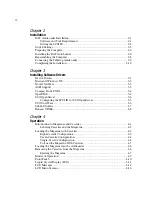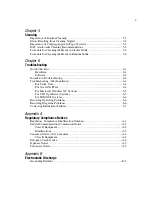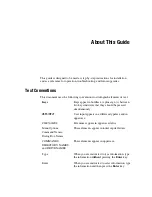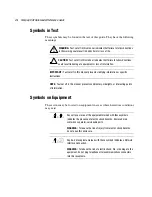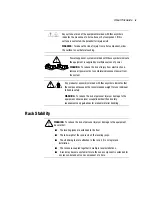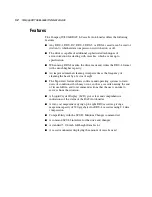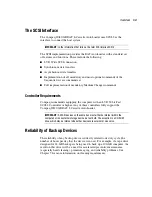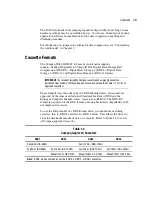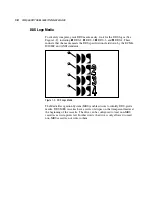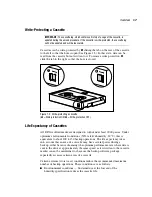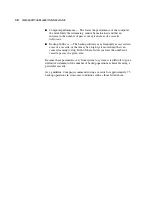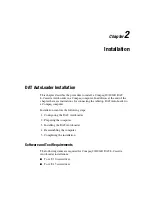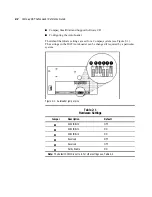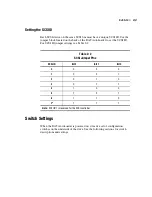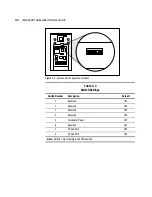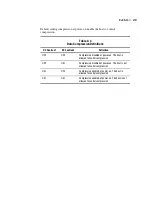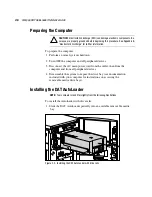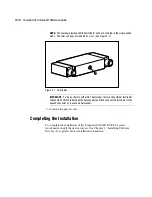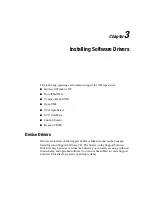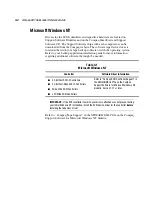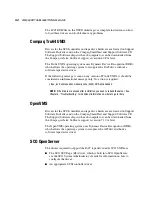
Overview
1-7
Compaq Confidential – Need to Know Required
Writer: Debbie McRill Project: Compaq DAT AutoLoader Reference Guide Comments:
Part Number: 326817-003 File Name: b-ch1 Overview.doc Last Saved On: 1/25/00 9:55 AM
Write-Protecting a Cassette
IMPORTANT:
The cassette log, which contains a history of usage of the cassette, is
updated during the unload procedure. If the cassette is write-protected, the cassette log
will not be updated and will be inaccurate.
Cassettes can be write-protected by
!
sliding the tab on the rear of the cassette
to the left so that the hole is open (See Figure 1-3). In this state, data can be
read from the cassette but not written to it. To remove write-protection,
"
slide the tab to the right so that the hole is closed.
1
2
Figure 1-3. Write-protecting a cassette
(
➊
= Write-protection ON,
➋
= Write-protection OFF)
Life Expectancy of Cassettes
All DDS-certified media are designed to withstand at least 2000 passes. Under
optimum environmental conditions (50% relative humidity, 22
°
C), this is
equivalent to about 100 to150 backup operations. The life expectancy takes
into account that an area of a cassette may have several passes during a
backup, either because streaming (the optimum performance rate where data is
sent to the drive at approximately the same speed as it is written to the cassette
media) cannot be maintained, or because the backup software package
repeatedly accesses certain areas of a cassette.
Certain extreme (worst case) conditions reduce the recommended maximum
number of backup operations. These conditions are as follows:
■
Environmental conditions — Sustained use at the low end of the
humidity specification reduces the cassette life.


